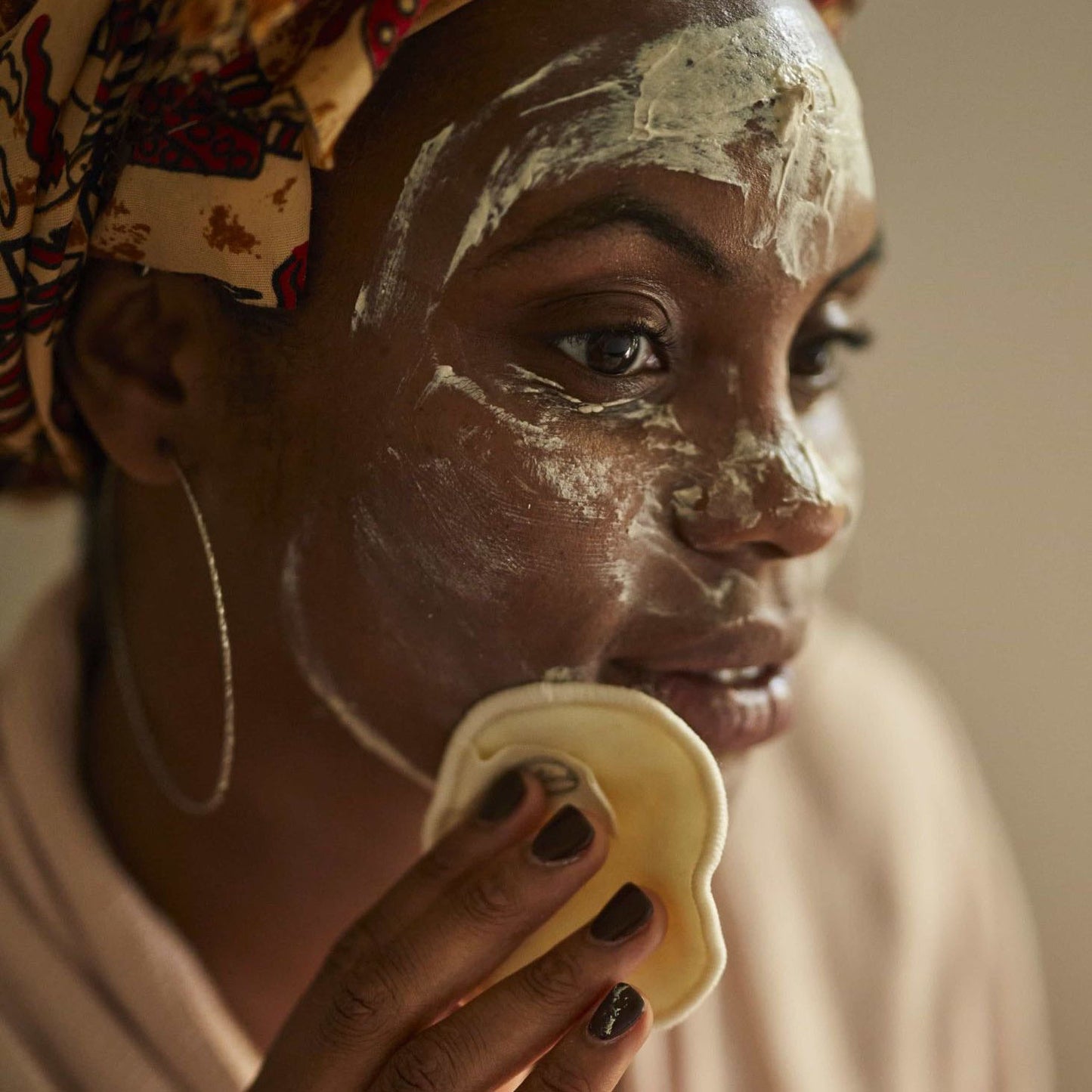
Before I launched Be Kind Beauty I created a survey with a number of questions regarding animal testing, the cosmetics industry and what individual’s personal preferences were when it came to beauty products. The results showed that 7% of people didn’t realise that animal testing was still carried out to this day and only 49% of the people in the survey were aware of the processes involved in animal testing. Most of us would be upset to find out we unknowingly use many products including cosmetics that are tested on animals. Research by Cruelty Free International and the Dr Hadwen Trust suggests that “at least 115 million animals may be used in experiments worldwide each year”. In the UK alone 3.79 million experiments were carried out in 2017 according to government figures. The animals used in cosmetic testing are subjected to a number of experiments which may result in blindness, pain and ultimately death. They spend their lifetime confined to small cages and live a life of suffering.
Methods commonly used to do premarket cosmetic testing include dropping chemicals into their eyes, rubbing it on to their shaved skin and forcing them to ingest the ingredients and products to see how toxic they are and whether there is a reaction or skin irritation. To test for skin irritation generally rabbits, guinea pigs, mice and even dogs are subjected to tests which involve shaving a patch of hair off and rubbing the ingredient or product into their skin or injecting it just under the surface of their skin. This is to check for allergic reactions, skin damage and/or severe irreversible skin damage. They also look for signs of redness, rashes, lesions, scaling, ulcers, inflammation and itchiness. For eye irritation tests the substance is applied and dropped in to the animal’s eyes to look for signs of damage or aggravation. To check for oral toxicity substances are syringed down the animal’s throats so it enters their digestive system. This is used to determine how toxic the product is if swallowed and the amount needed to cause death. During these tests, the animals could endure bleeding, ulcers, inflammation, blindness, seizures, paralysis and eventually death. Pain relief is never given to the animals as it would interfere with the test results, they endure all this and are almost always killed at the end of the experiment.
But there are companies out there who are taking a stand and we aim to showcase and support these brands. There are already almost 20,000 ingredients in the EU’s database with information regarding their safety for use, which requires no further testing. Not only this, but there are alternative methods of testing, for example:
- Cell Cultures- almost every type of human and animal cell can be artificially grown in a lab, these can then be used to test the products and ingredients.
- Human Tissues- both healthy and deceased tissues donated from human volunteers can provide a more relevant way of studying the effects of skin irritations.
Animal testing is not a reliable way to test products and their ingredients, animal tests only predict human reactions up to 72% of the time and skin tests on rabbits are only about 60% accurate compared with using reconstituted human skin which is 82% accurate.
Not only is there no need to use innocent animals to test products and cosmetics on but there are far more ethical methods available that not only involve consenting participants but that also produce more accurate results.




